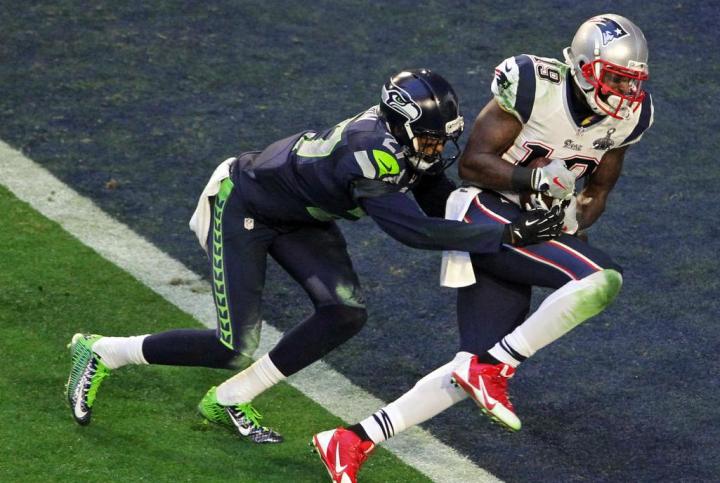
Earlier this month, global market research company TNS conducted an online survey of 1,000 adults over the age of 18 about their spending habits for FatWallet.com’s annual TV Buyer Survey. Of the respondents who plan on purchasing a TV this year, 26 percent plan on making the purchase during the week leading up to the Super Bowl. Only 18 percent indicated the purchase would be made during Black Friday.
More than just a tale of when users buy, the survey is a good indication of where the trends are going in the marketplace.
According to FatWallet.com’s survey, 84 percent of respondents indicated they wanted a TV between 40-inches and 70-inches — after all, as we’ve said before, very seldom do people wish they had a smaller TV screen after laying their money down. As larger screen sizes have become more affordable, people have realized the beauty of more TV real estate.
Further, more than half of the respondents plan on spending more than $500 on their TVs, and almost half of the respondents indicated they will be making the jump to 4K Ultra HD this year — just because the game’s still stuck in HD, doesn’t mean people don’t want to plan for the future. And with plenty of 4K Ultra HD TVs now available for well under $1,000, there’s never been a better time to get in.
The Super Bowl’s commercial draw to TV sales has become harder to ignore over the last few years. Last year, a Consumer Electronics Association study revealed 22 percent of Americans with HD sets purchased the TV specifically to watch the NFL’s biggest game of the year. TV prices also tend to decline between five and ten percent during Super Bowl week, compared to the three months before, including Black Friday, according to Ben Arnold, executive director and industry analyst for The NPD Group speaking with CNBC in 2014.
Nothing explains the Super Bowl’s correlation to TV sales better than the big game’s affect on TV viewership. The Super Bowl has attracted more than 105 million TV viewers every year since 2010, with each of the last two years topping 110 million. The only television programming with anywhere near the Super Bowl’s volume of annual consistency are lesser NFL games.
With a sport that regularly puts more people in front of TV screens than just about anything else, Black Friday is out of its league.


